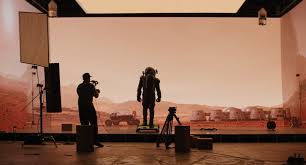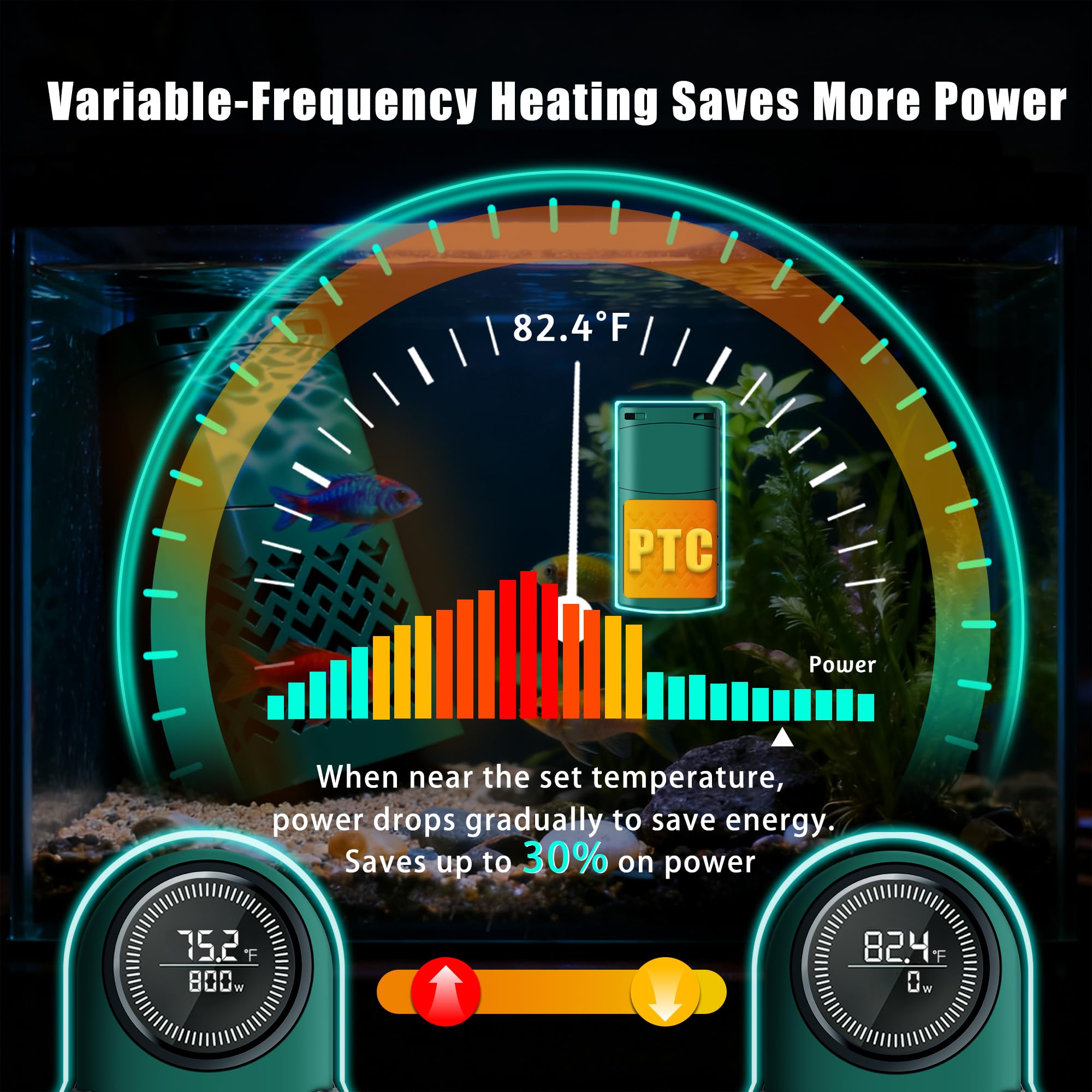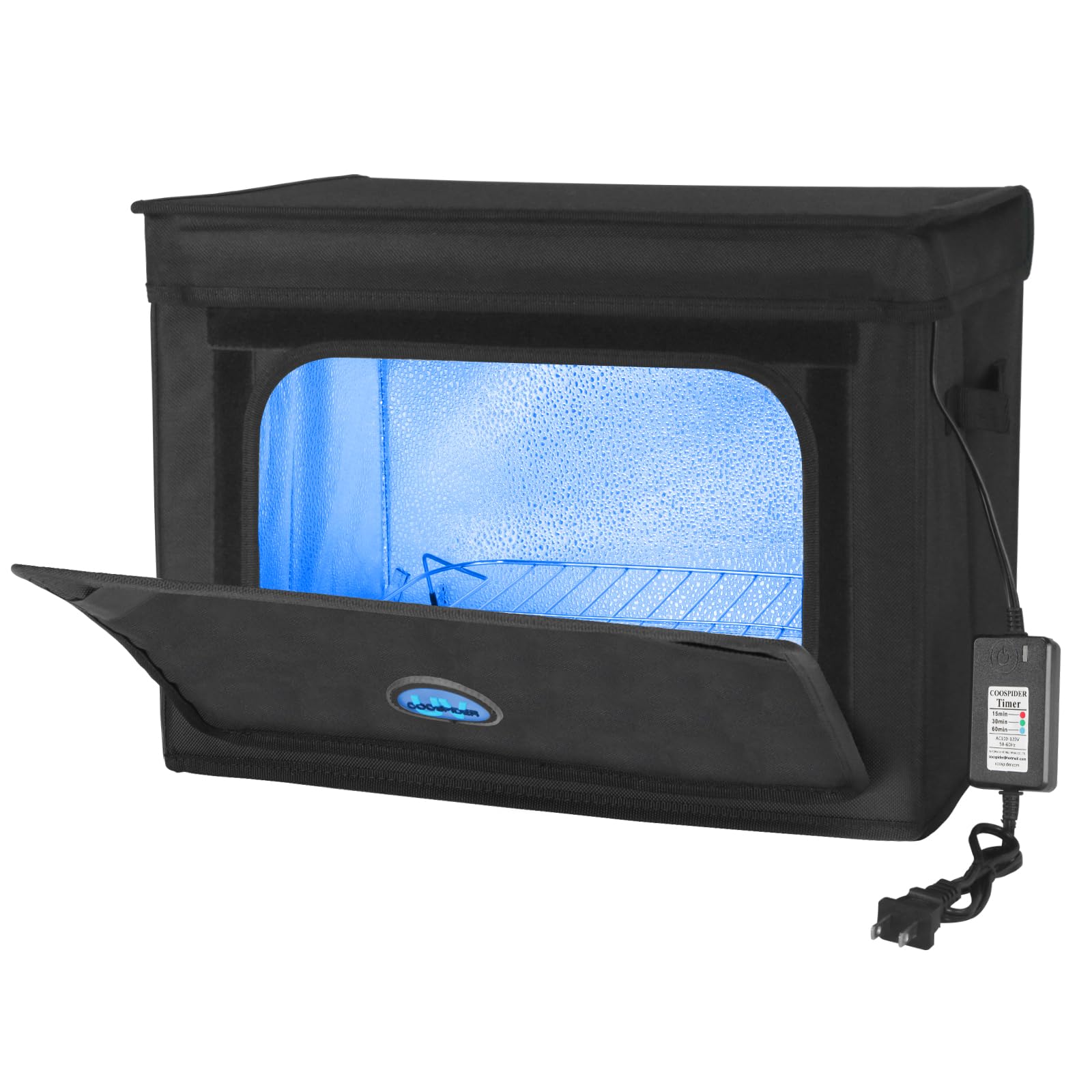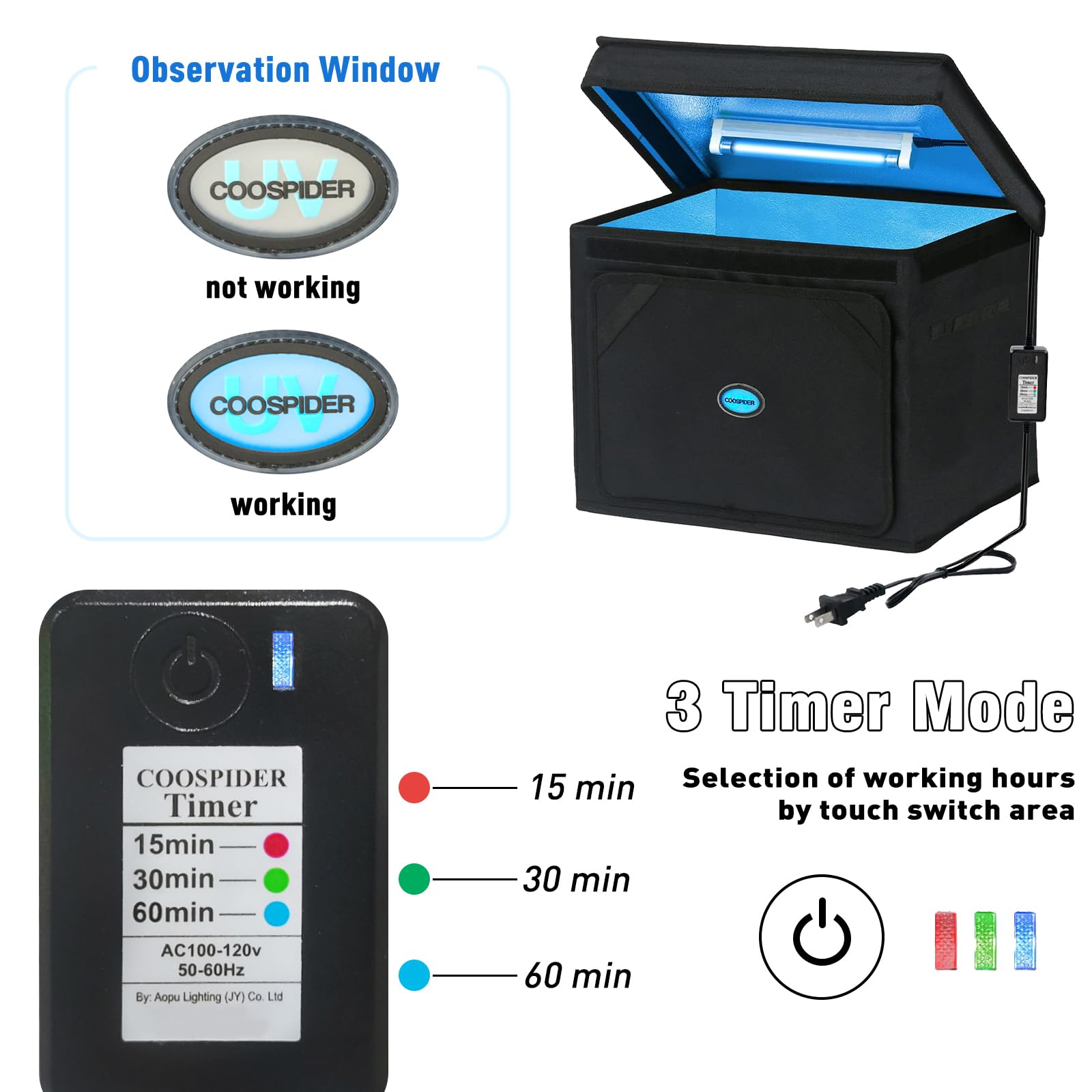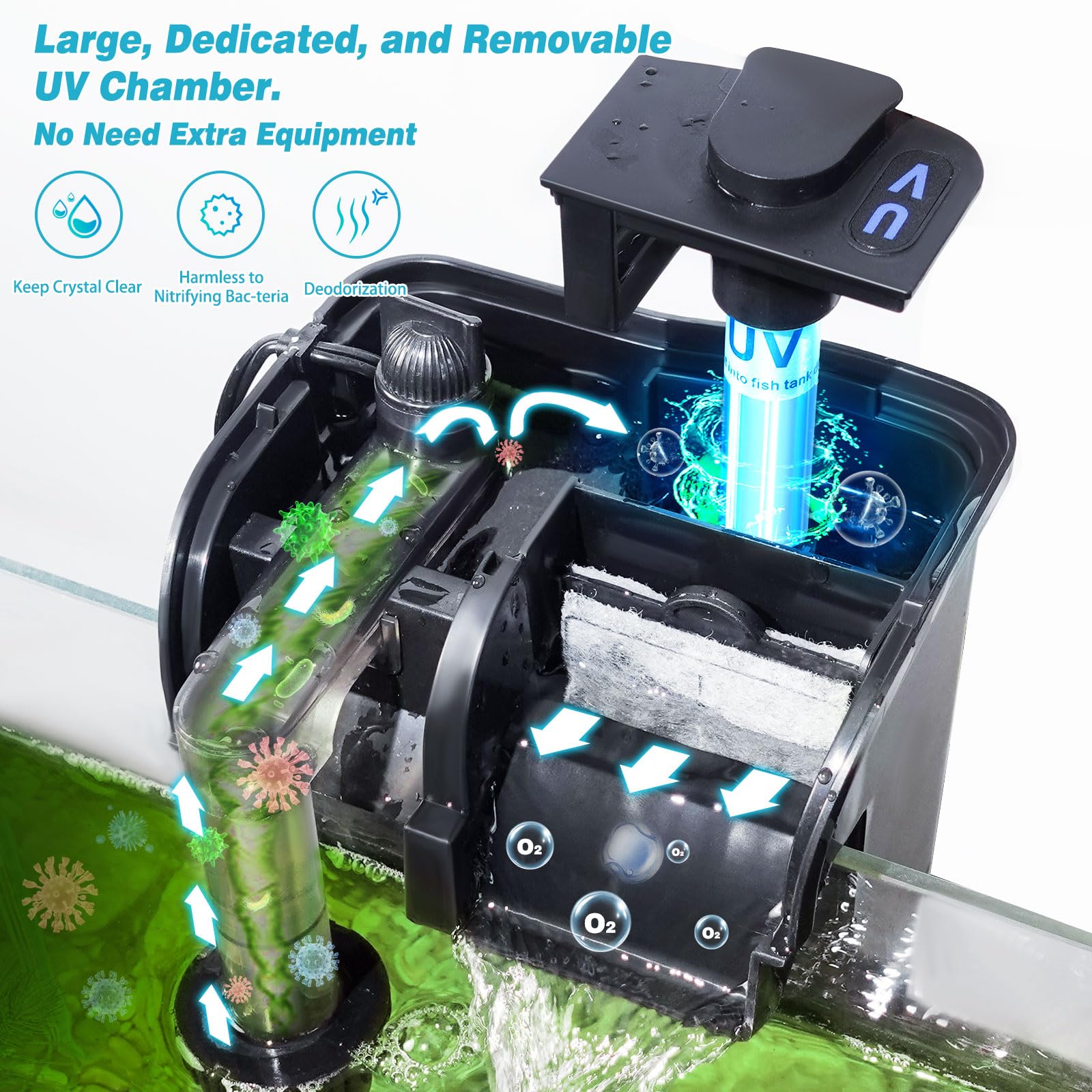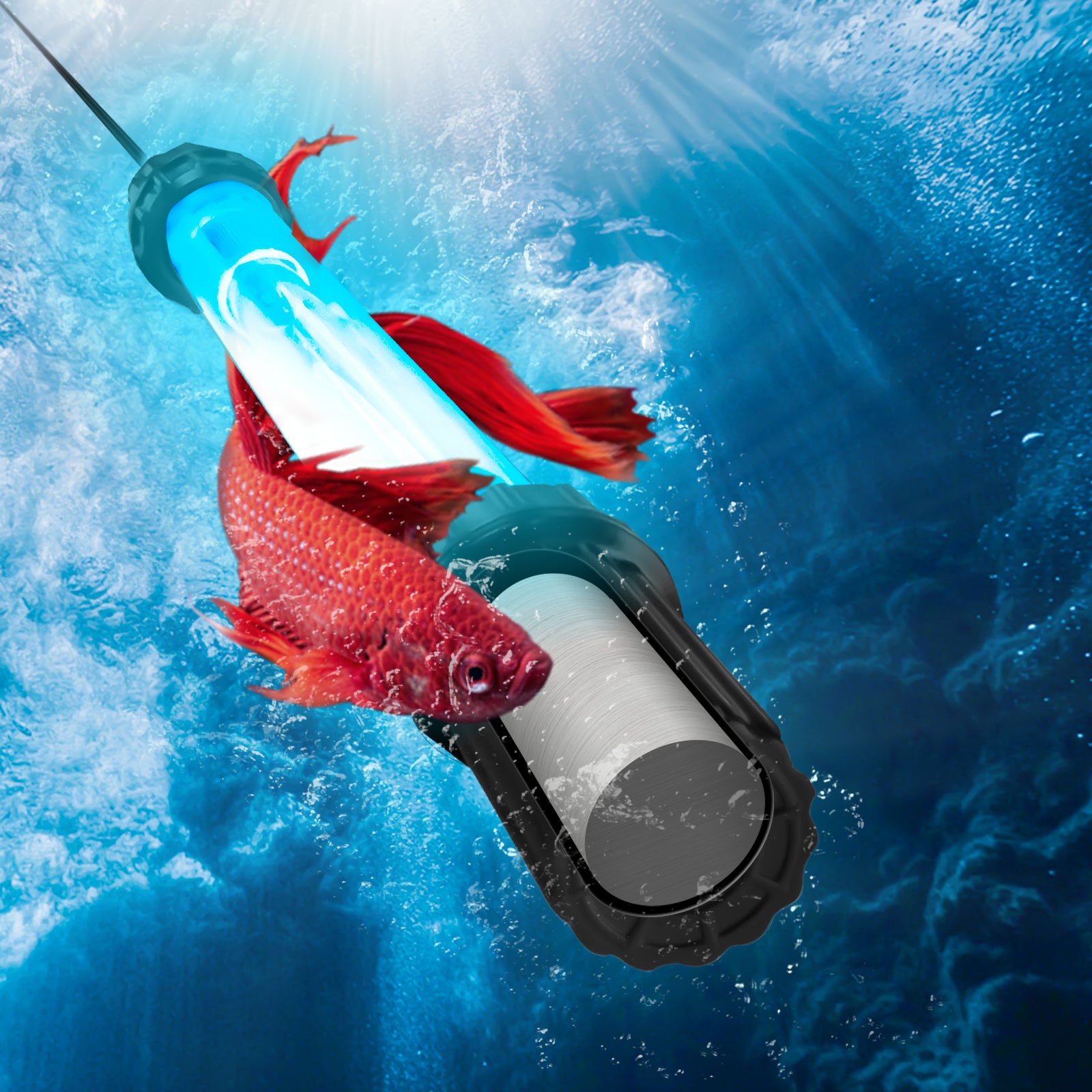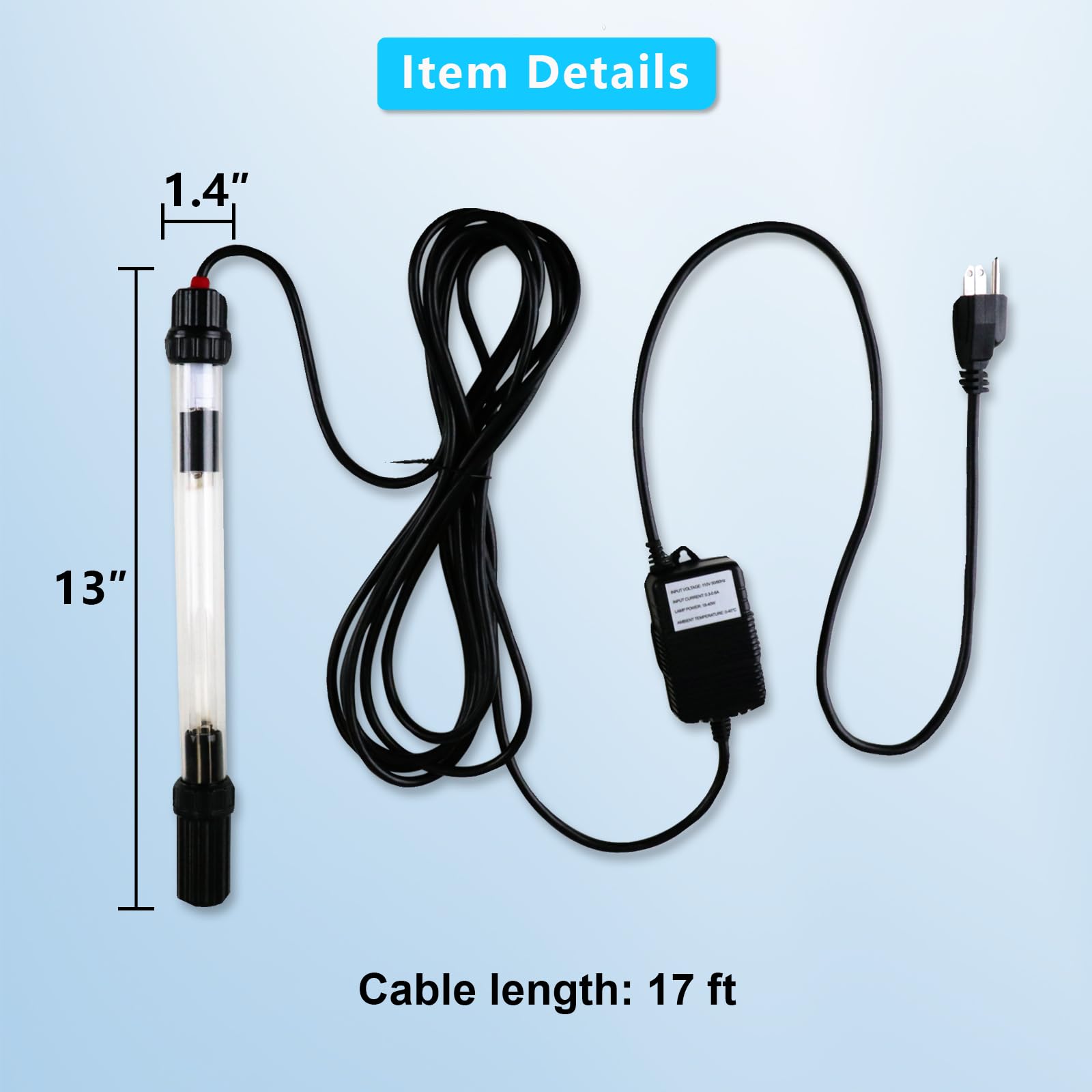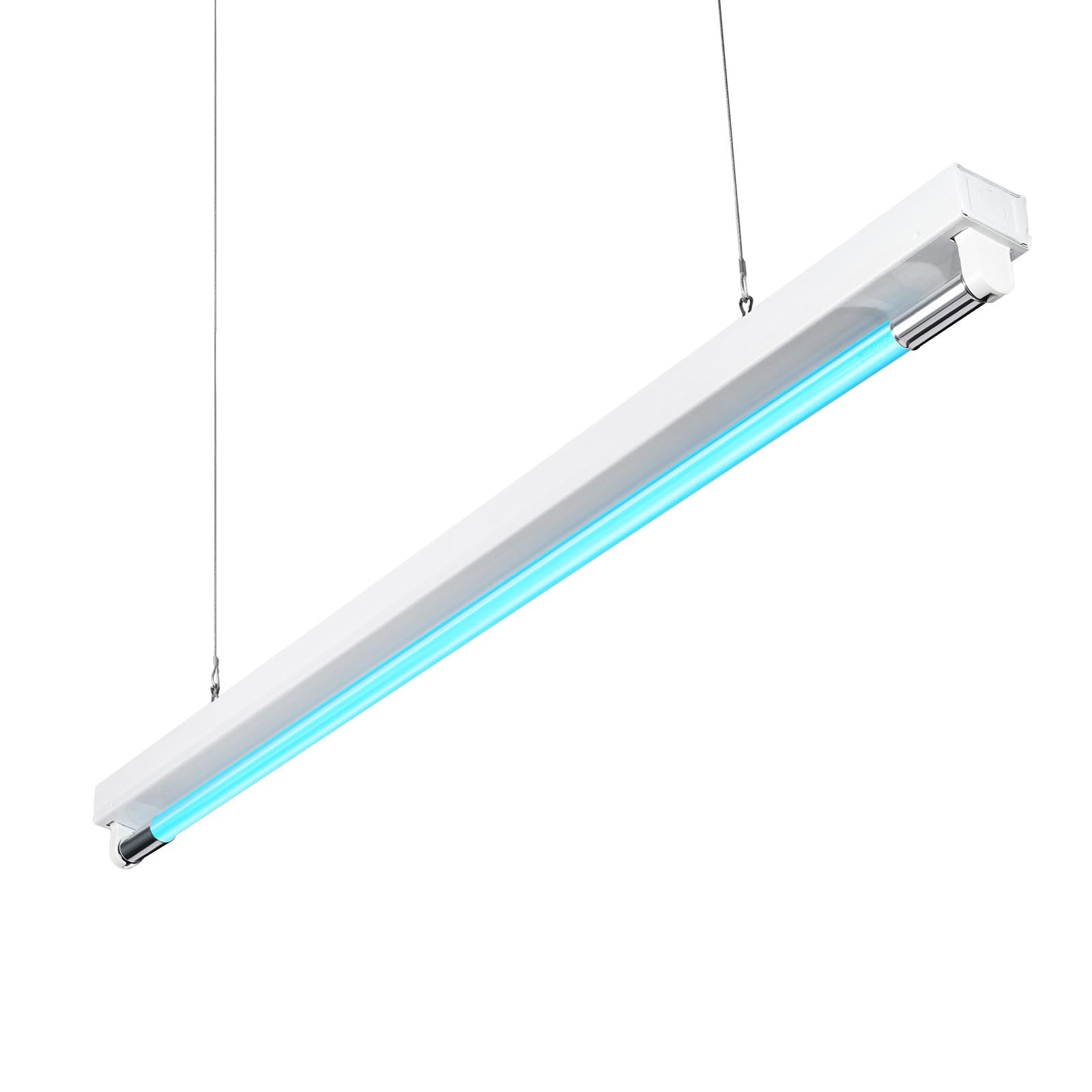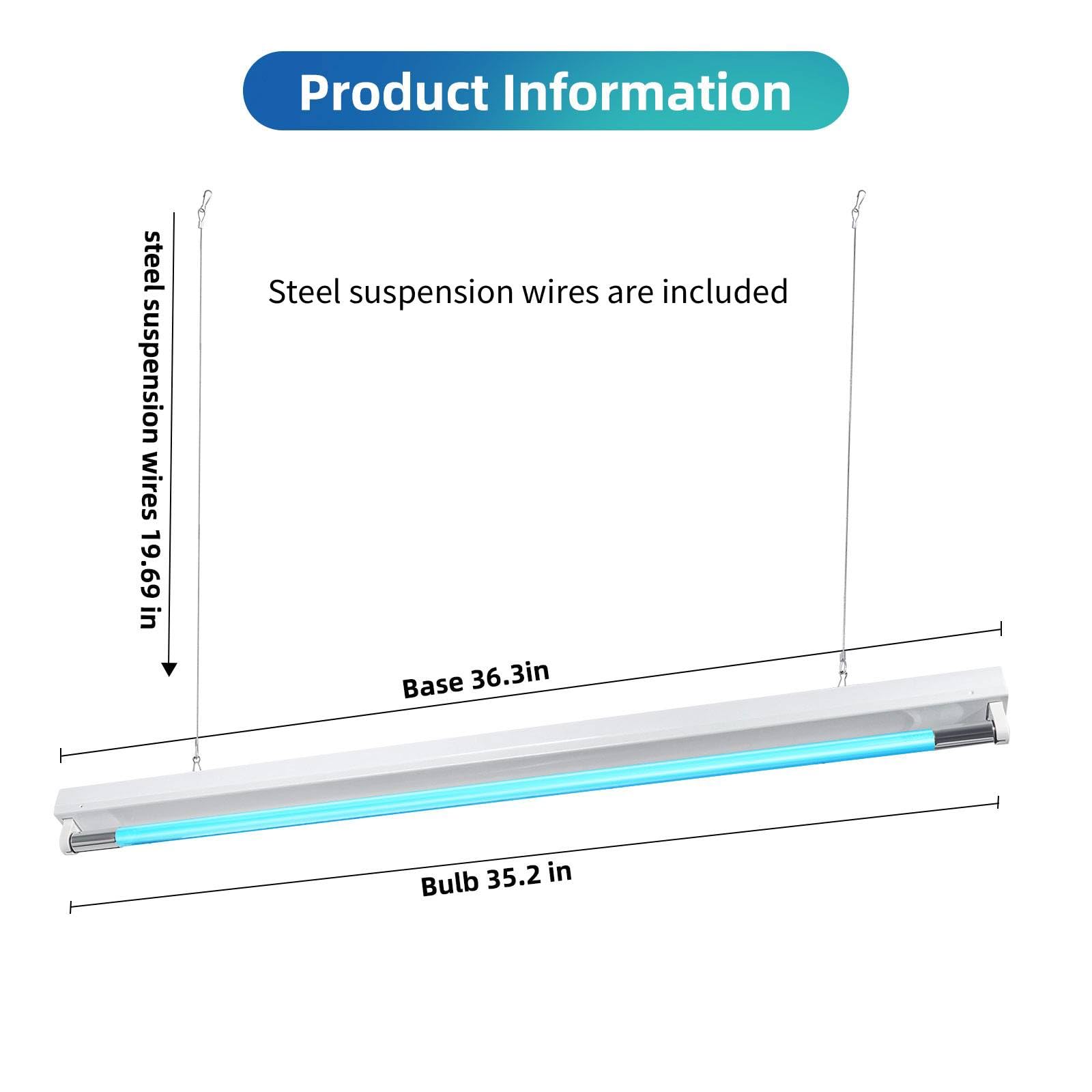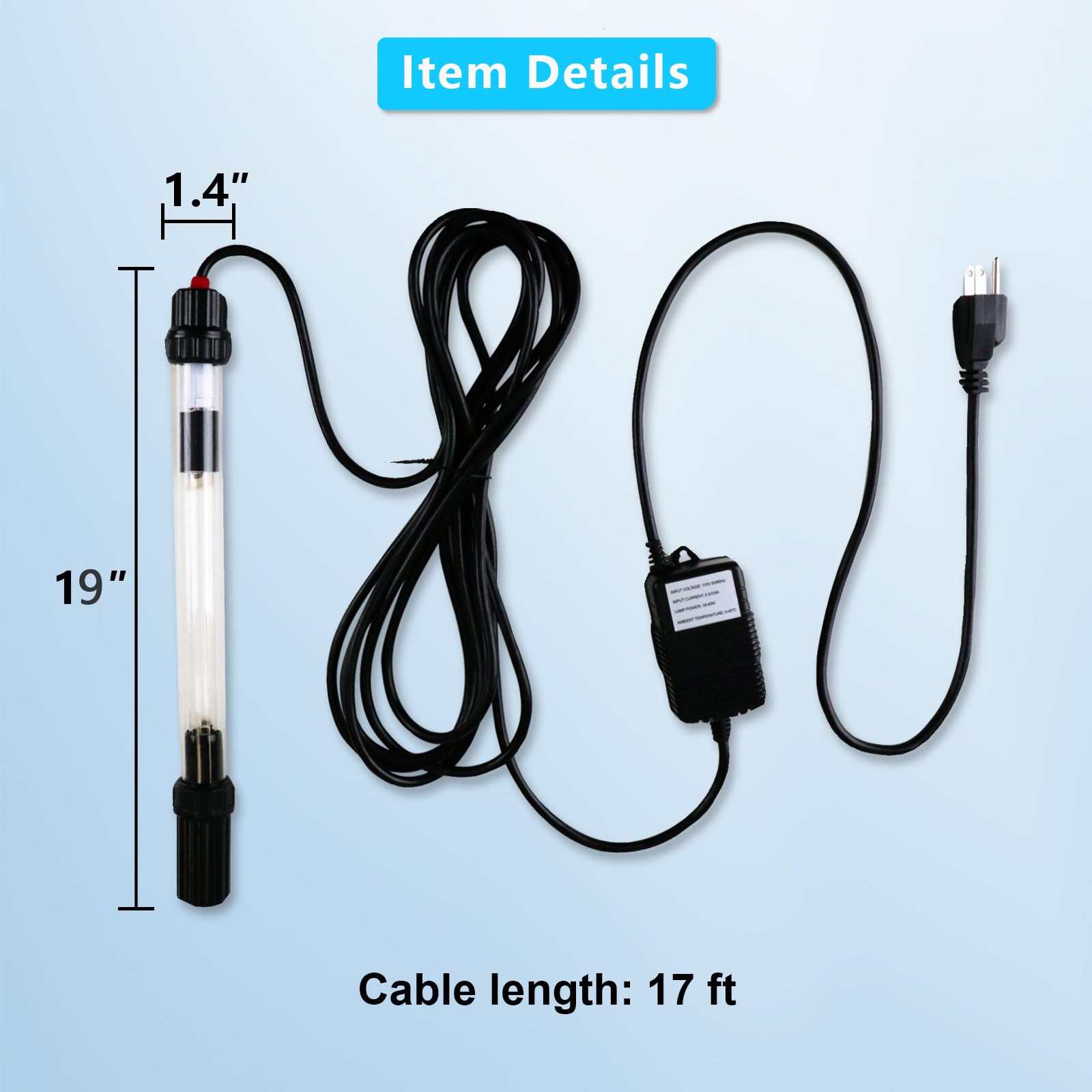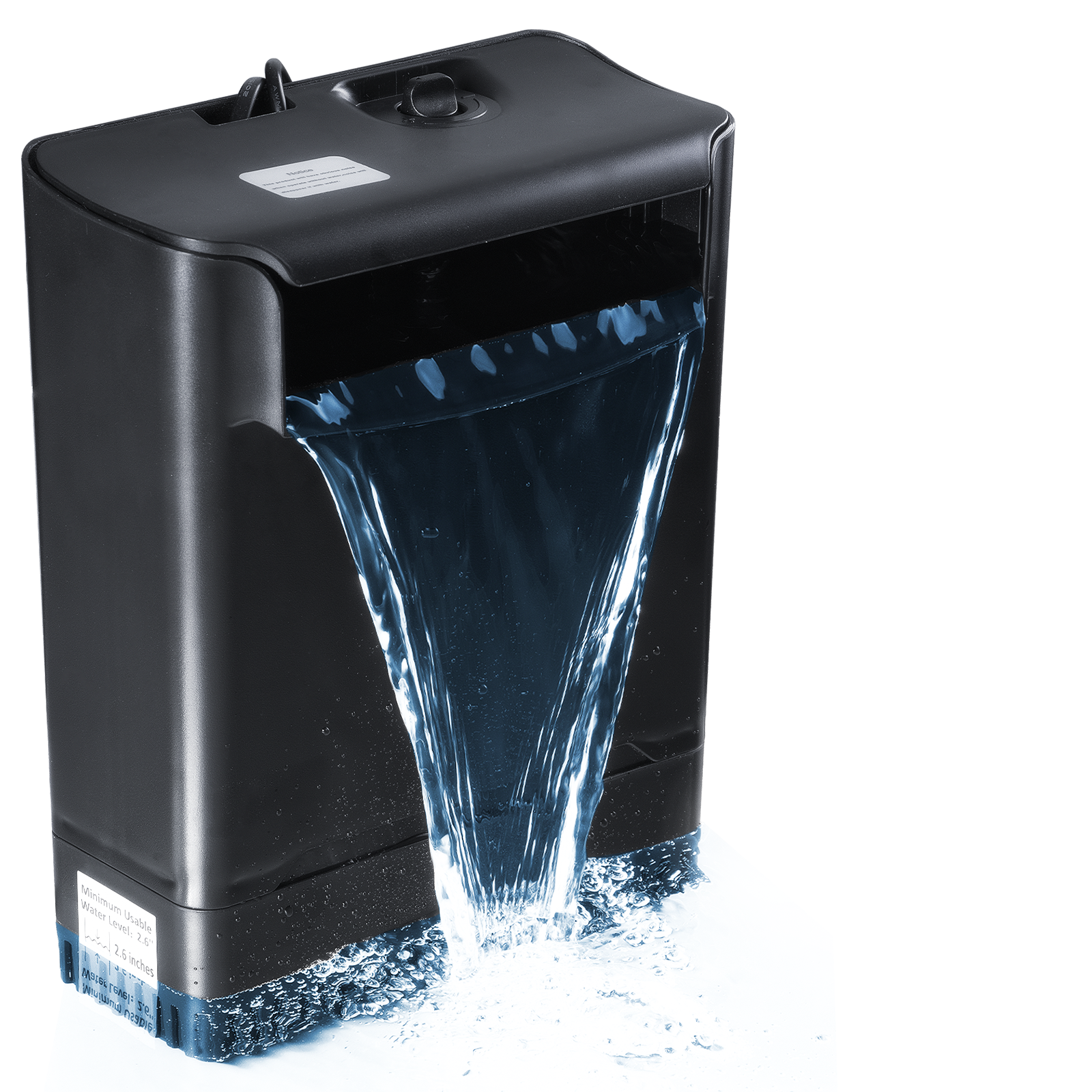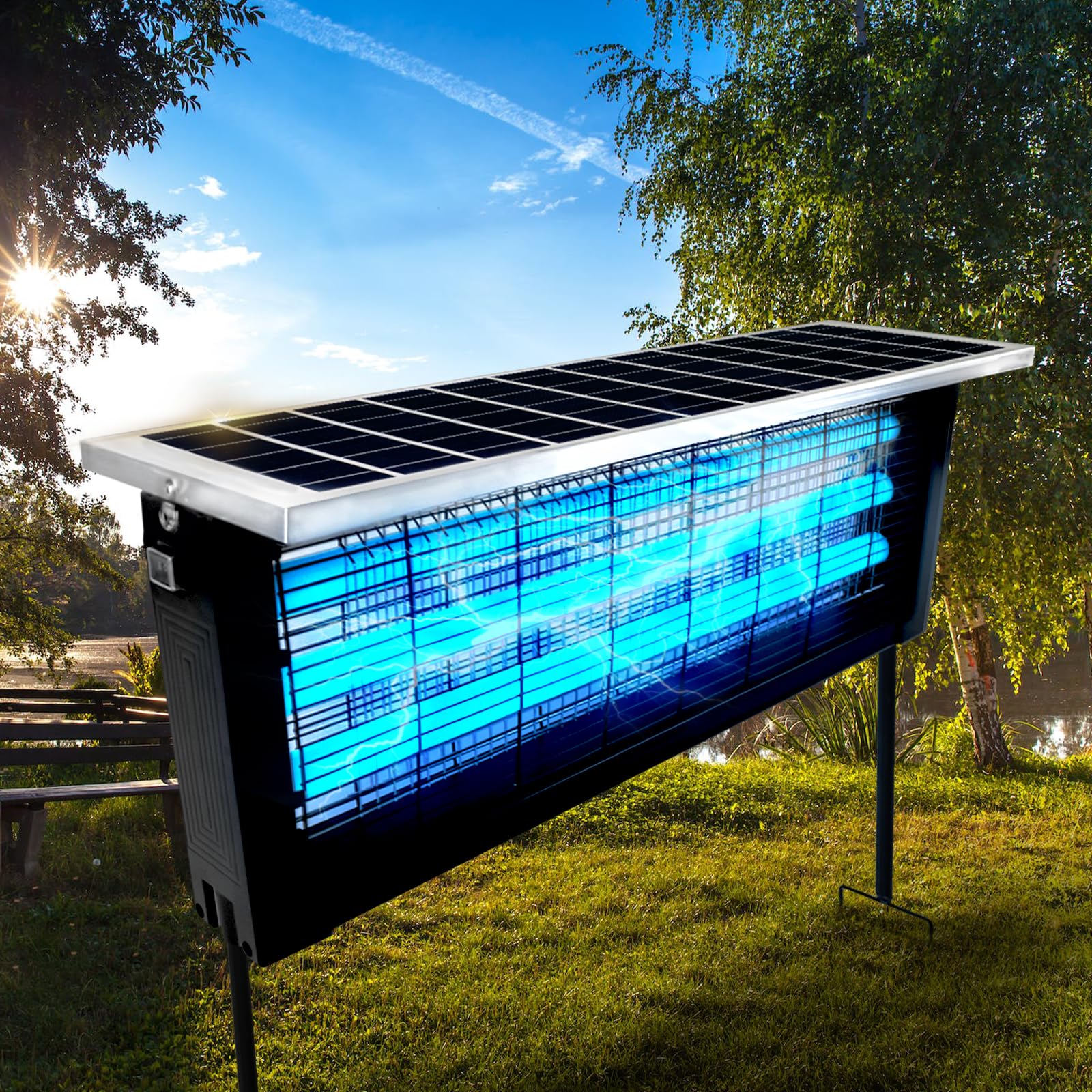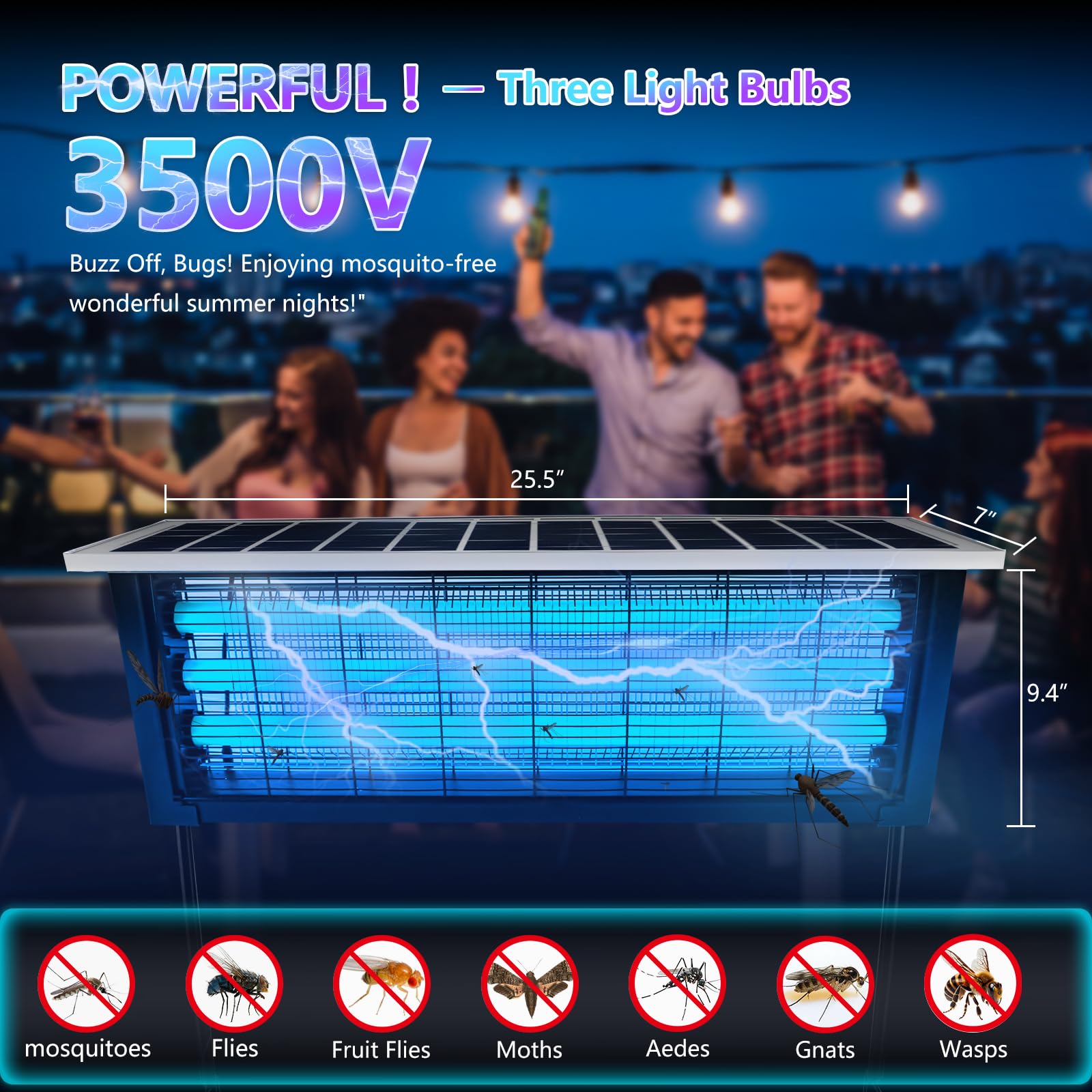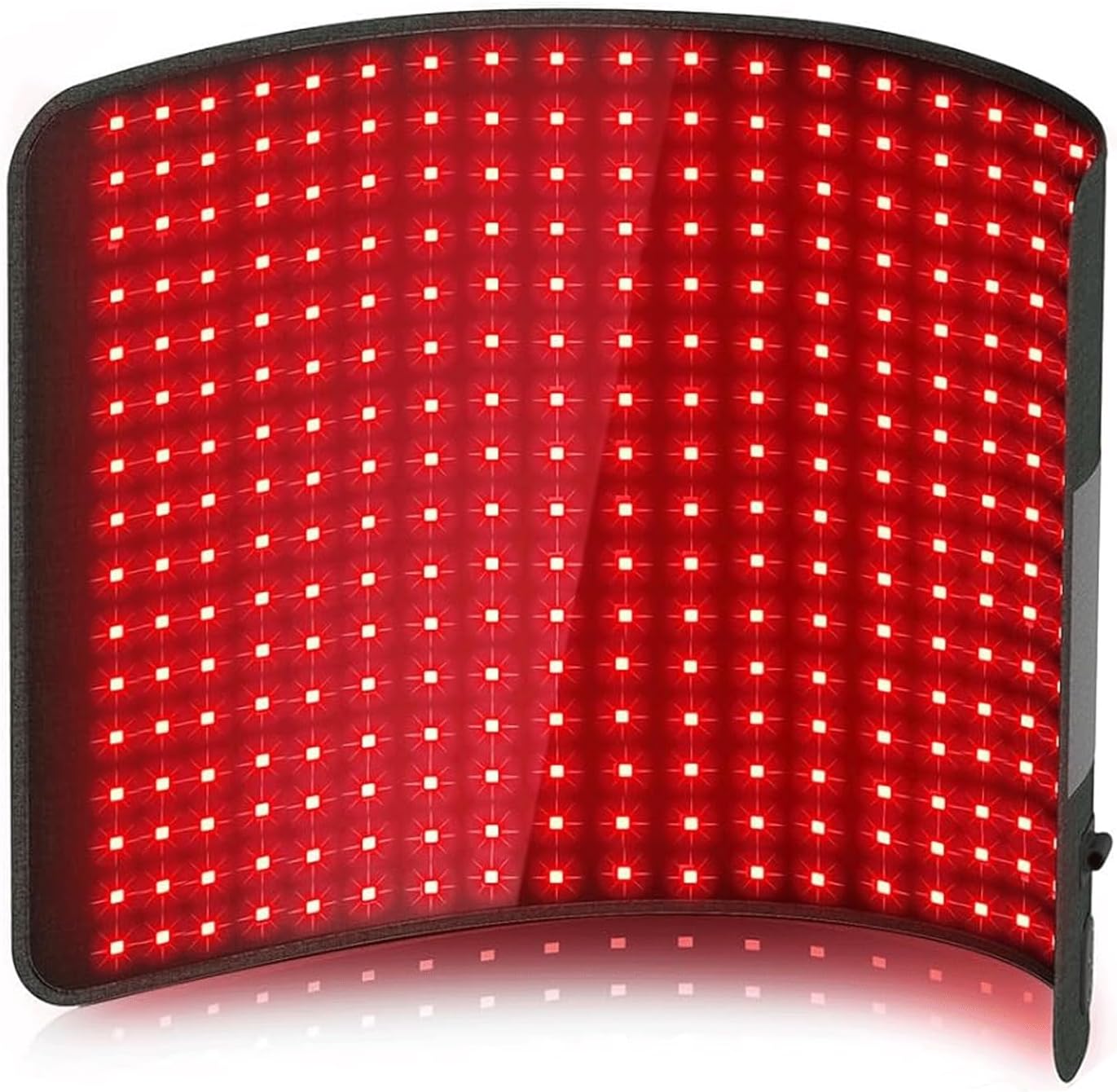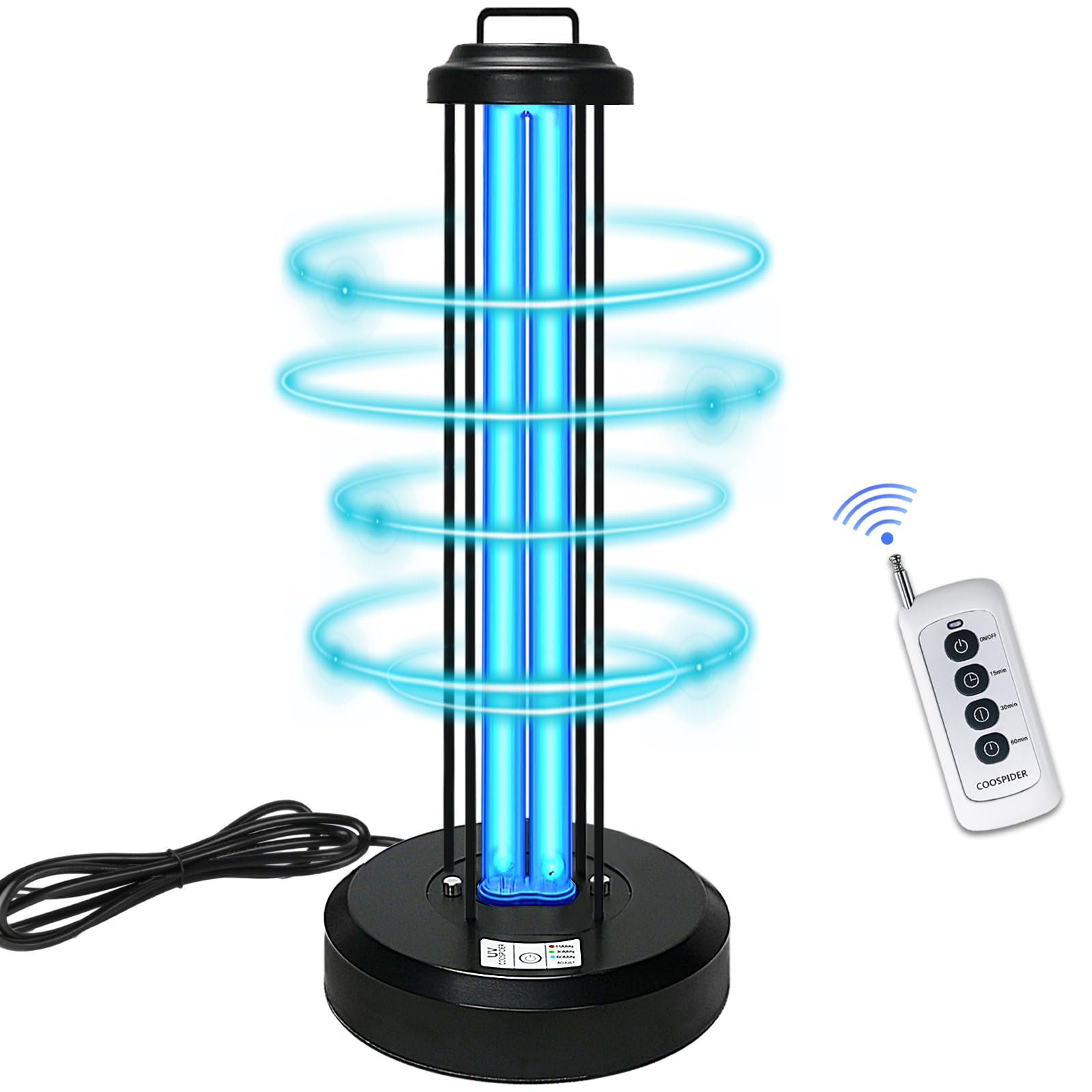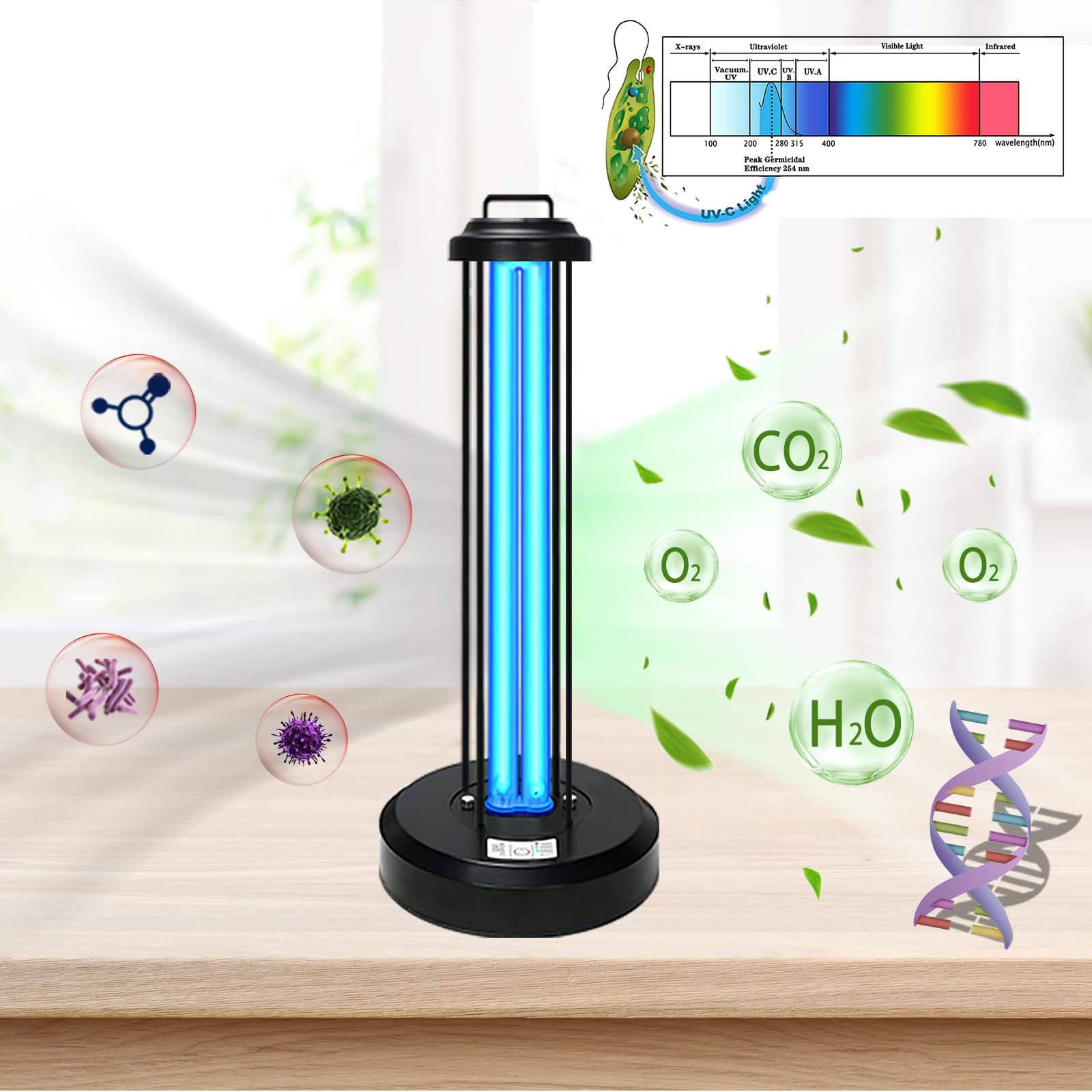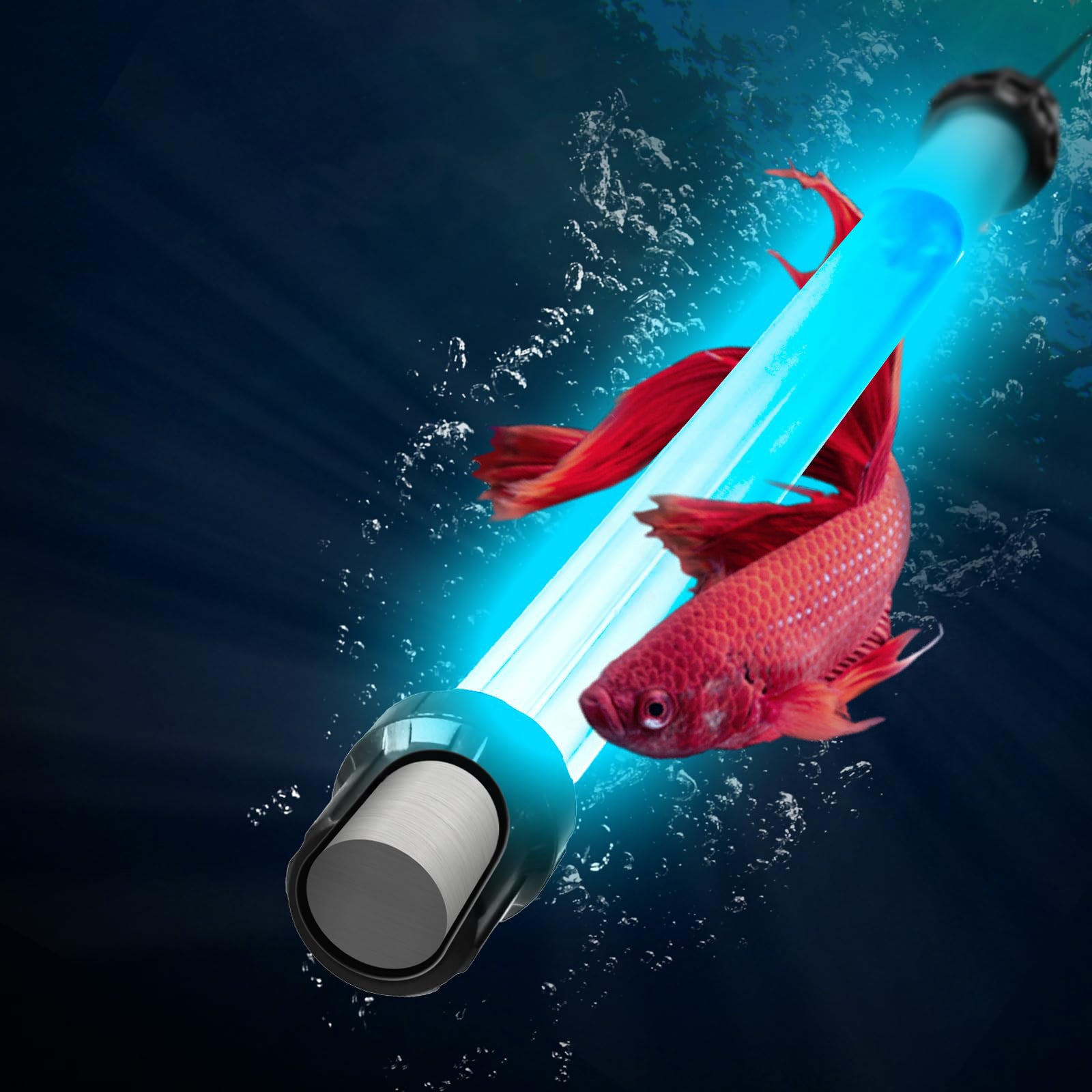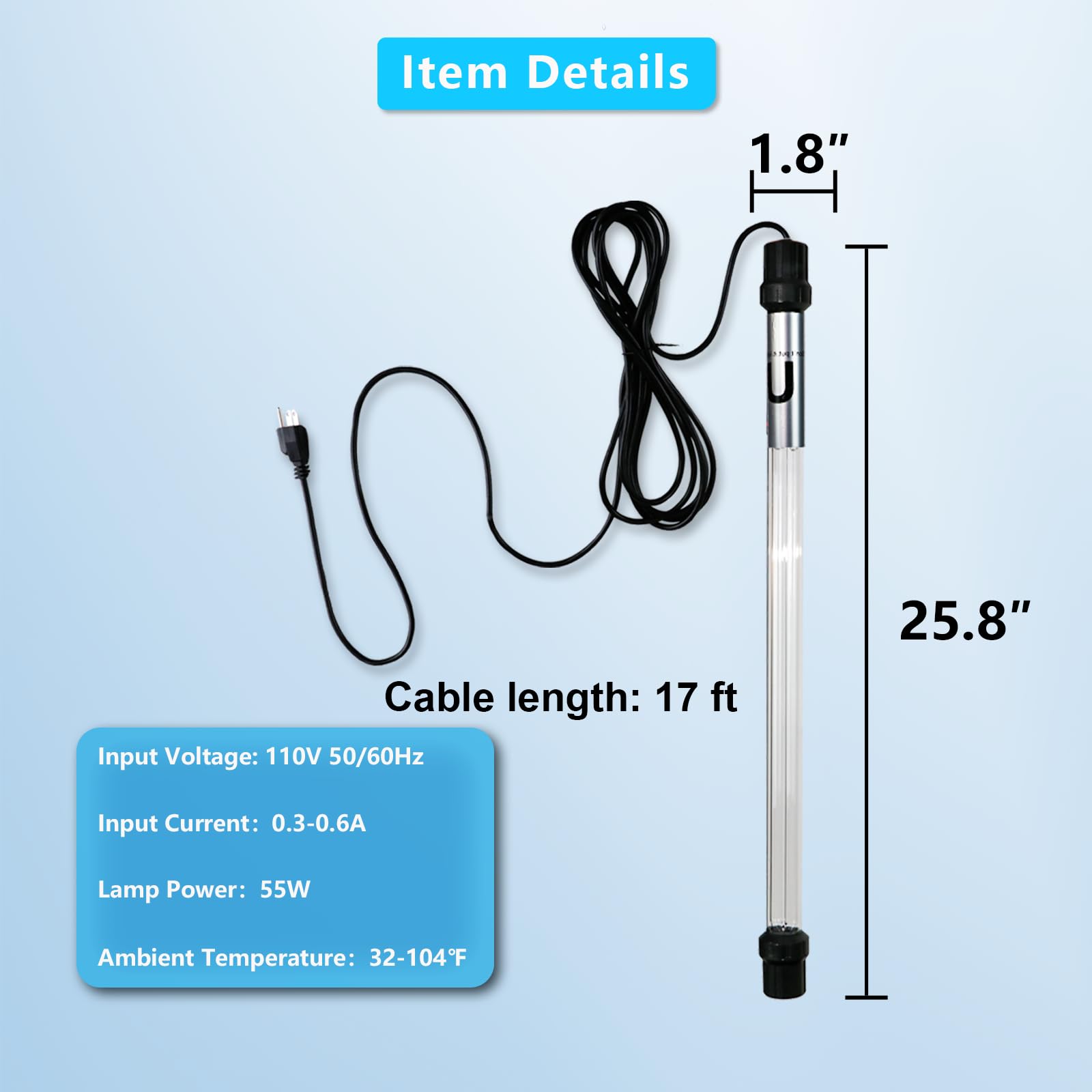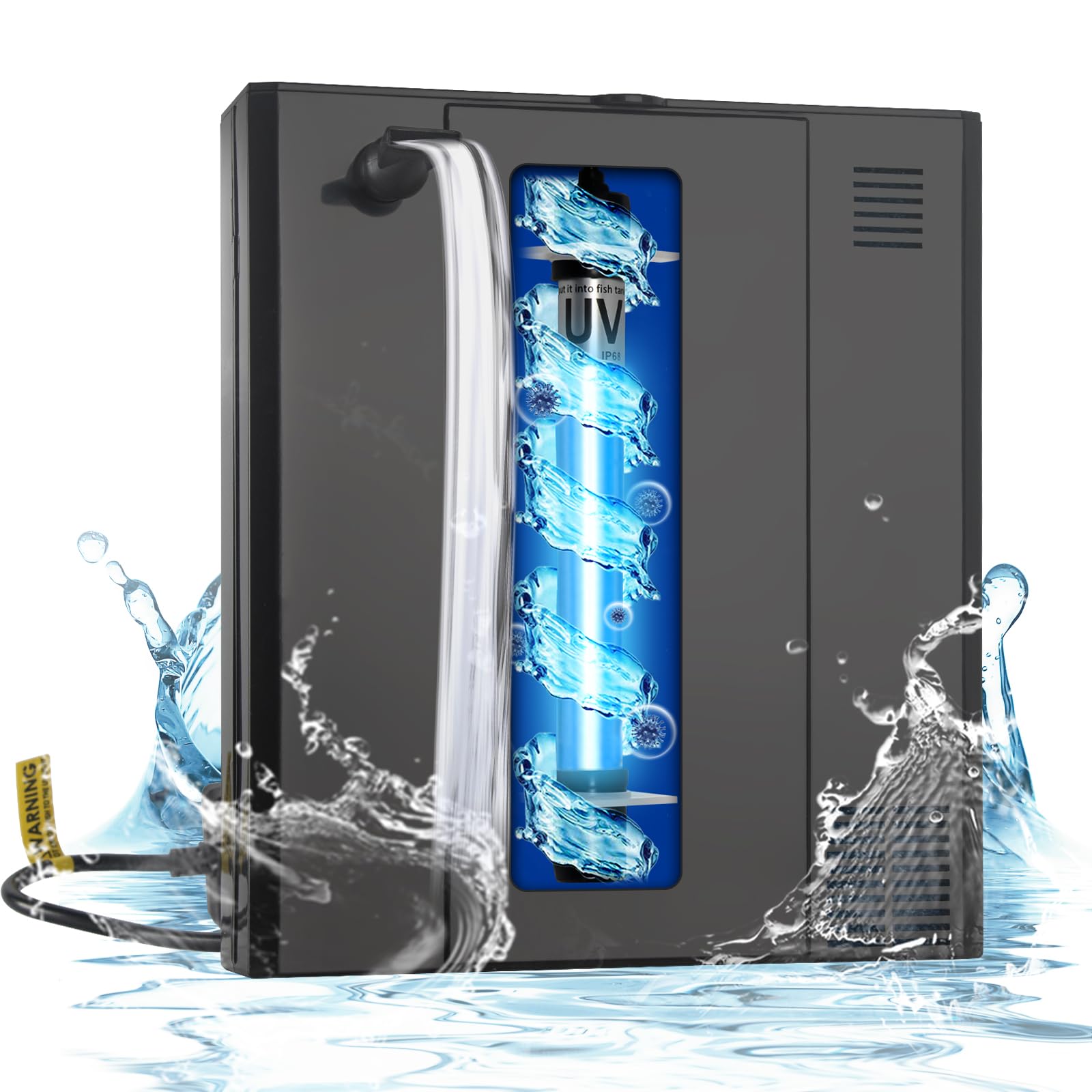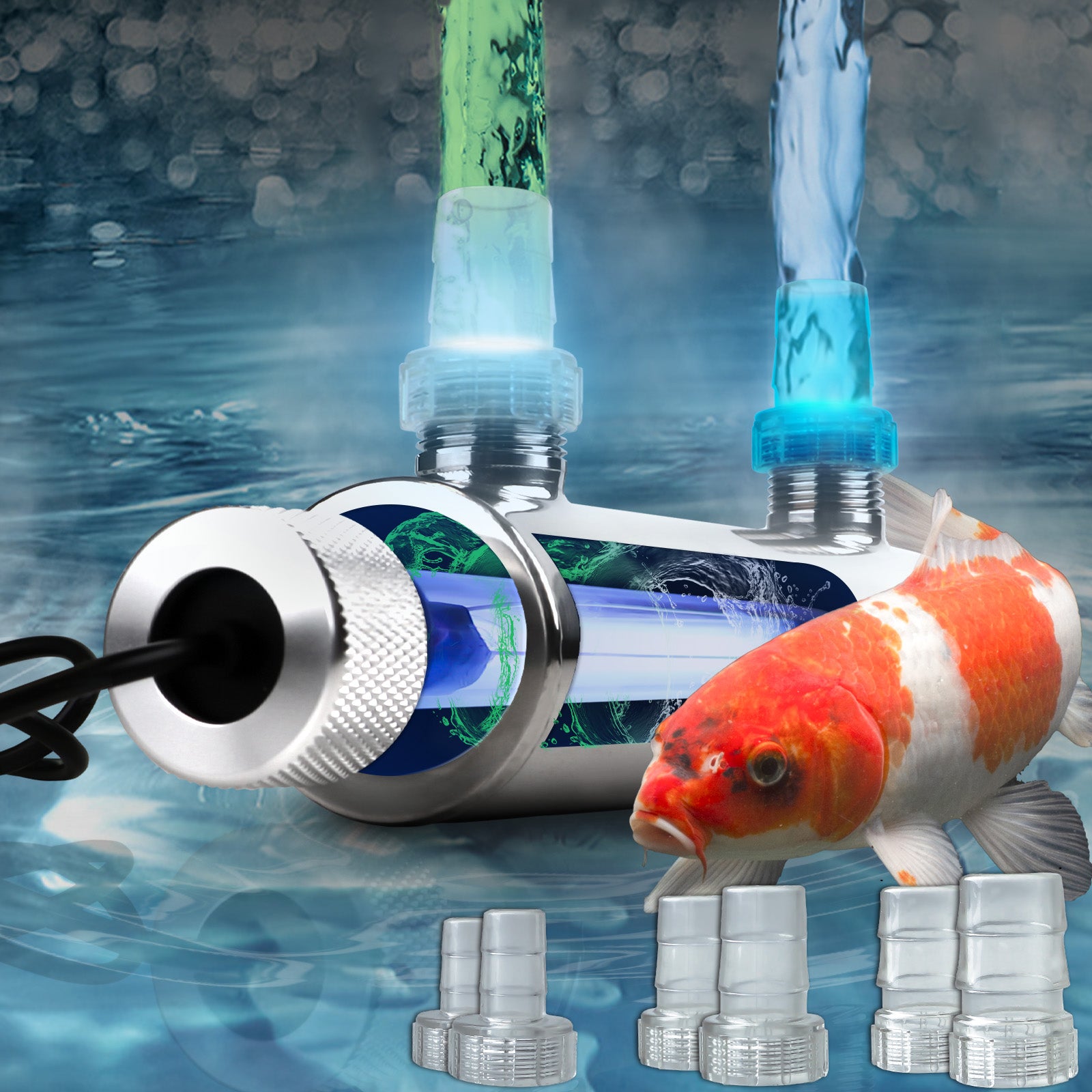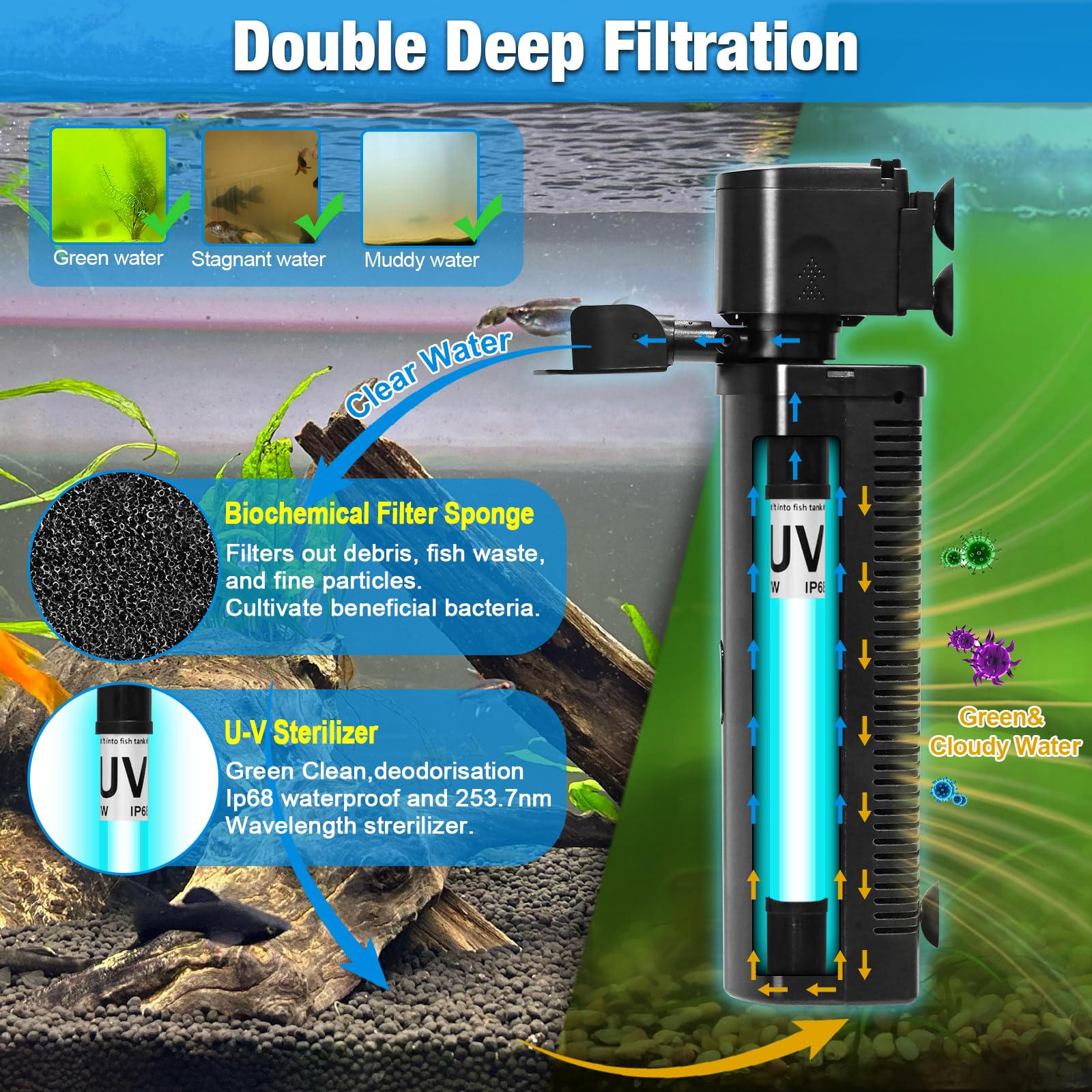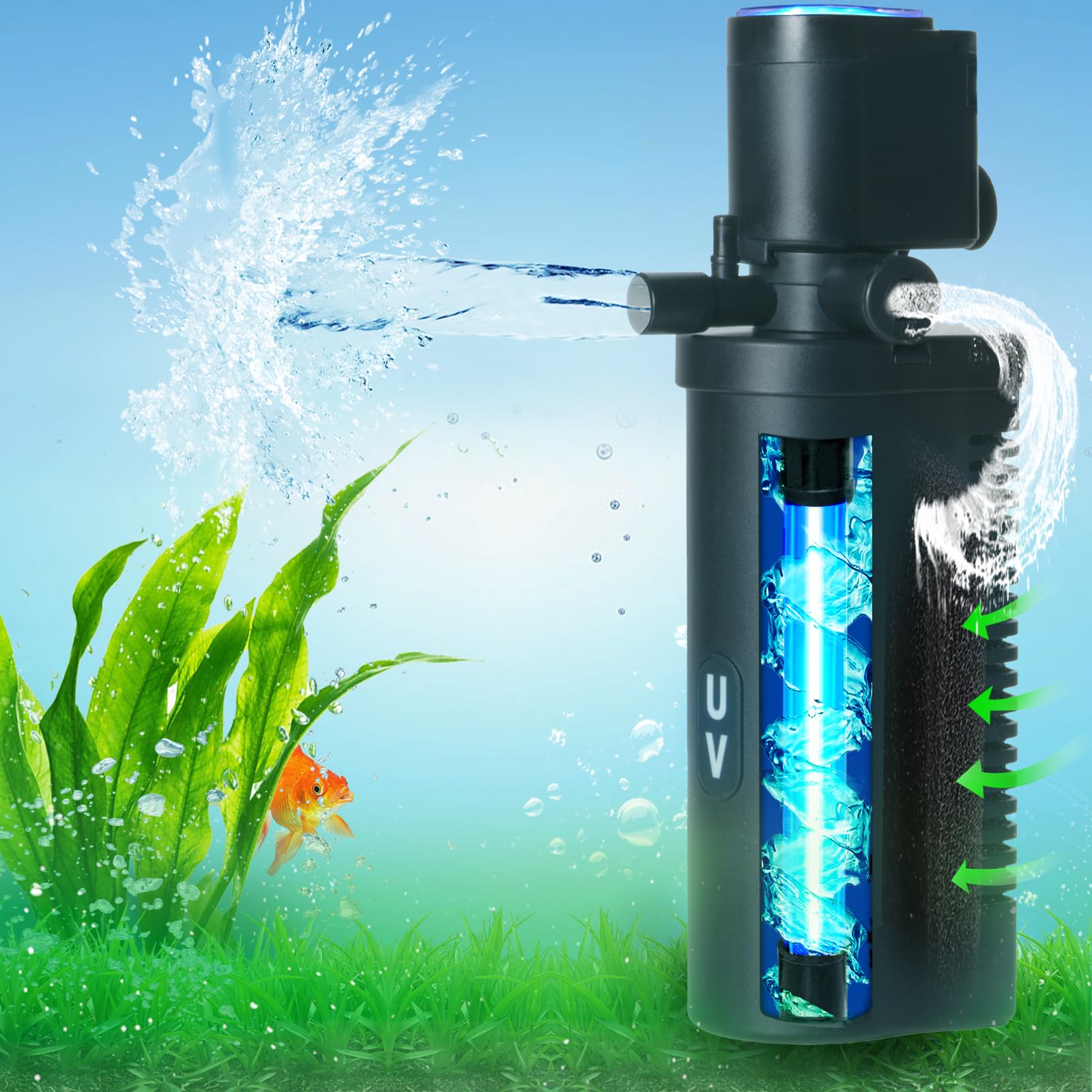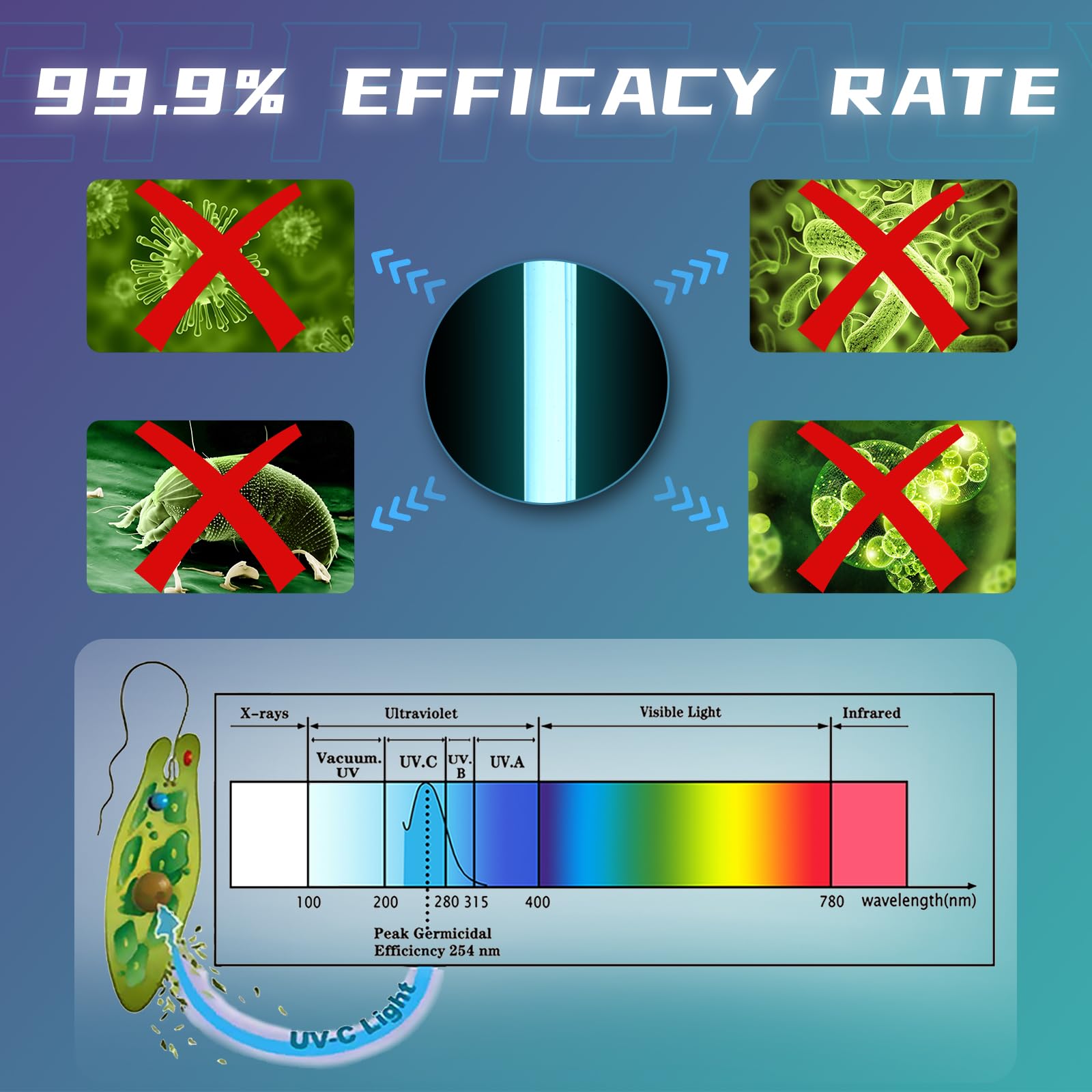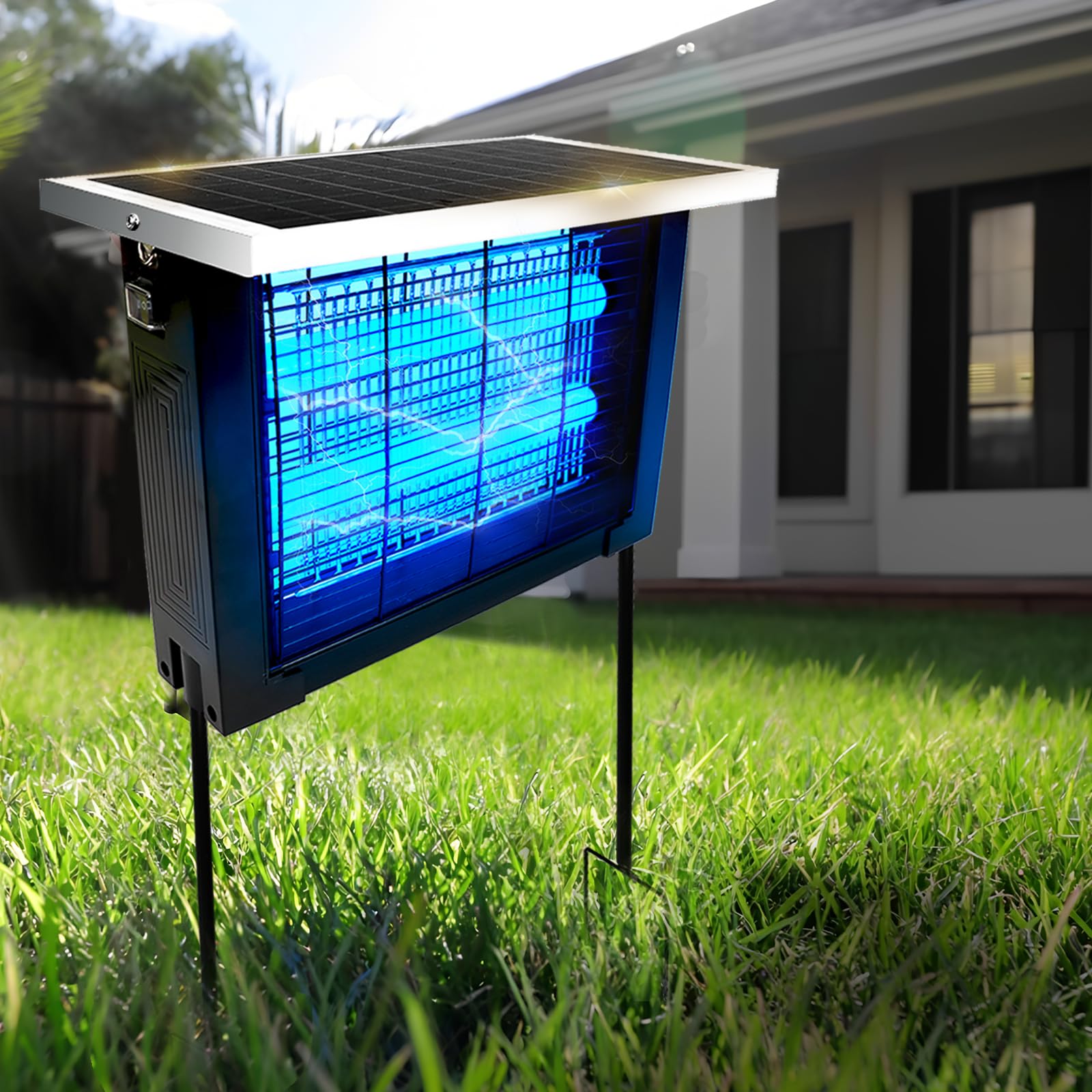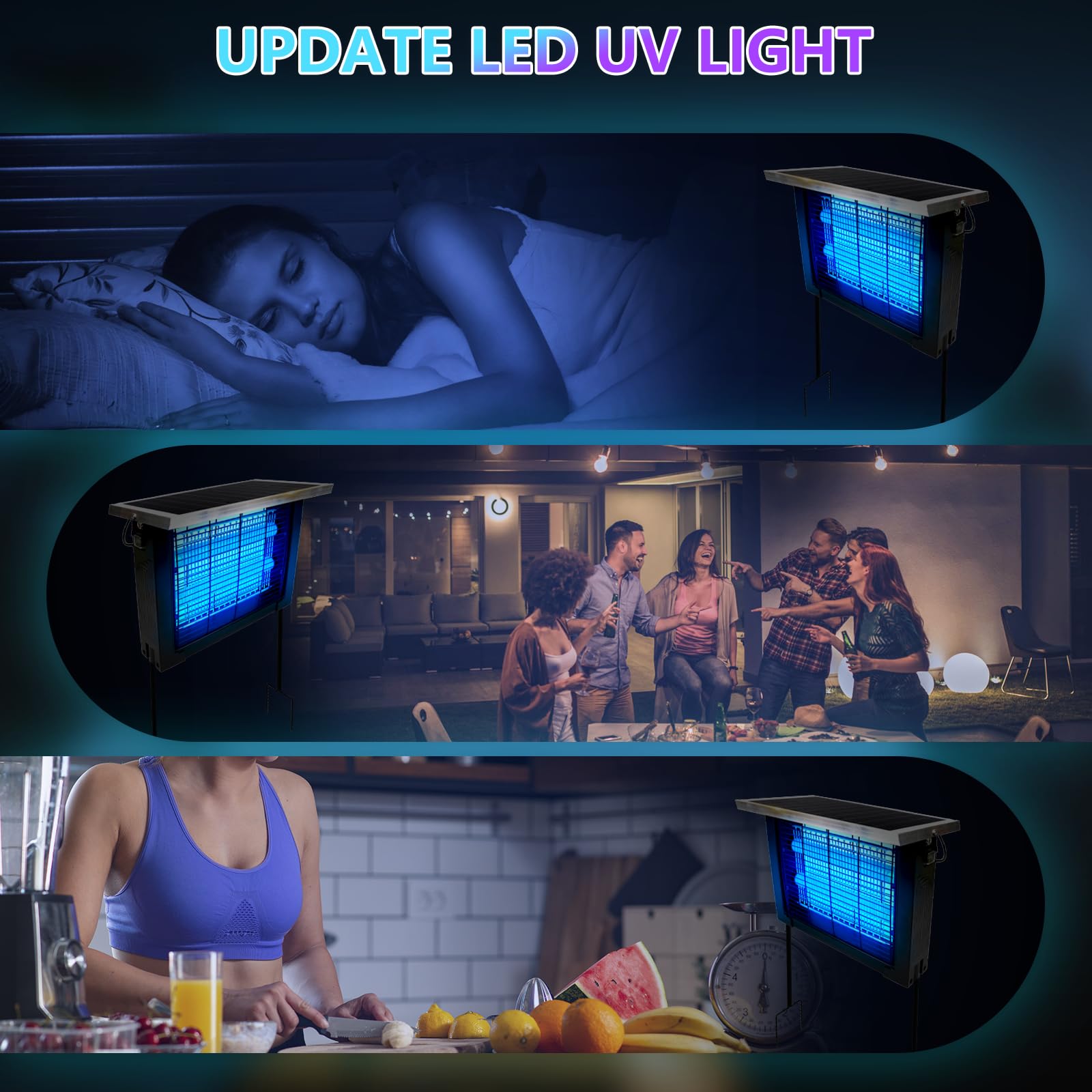The film and television industry is undergoing a transformative shift, driven by the rapid evolution of virtual production technologies. This innovative approach, which blends real-time rendering, advanced camera tracking, and immersive digital environments, has redefined how stories are brought to life on screen. At the forefront of this revolution are LED walls, which have replaced traditional green screens and rear projection methods, offering filmmakers unprecedented creative control and efficiency. However, despite their advantages, LED-based virtual production systems face significant technical challenges, particularly in achieving the luminous intensity and color accuracy required for professional-grade cinematography. Recent advancements in lighting technology, specifically the development of 200,000 lux miniaturized dysprosium lamp arrays, promise to address these limitations, pushing the boundaries of what is possible in virtual production. This blog explores the virtual production revolution, the inherent bottlenecks of LED displays, and how this groundbreaking lighting solution could redefine the future of filmmaking.The Rise of Virtual ProductionVirtual production emerged as a game-changer in the entertainment industry, gaining widespread attention with the release of Disney+'s The Mandalorian in 2019. Unlike traditional methods that rely heavily on post-production visual effects (VFX), virtual production integrates digital environments into the live filming process using LED walls and real-time rendering engines like Unreal Engine. This technique allows directors, cinematographers, and actors to see and interact with computer-generated backgrounds in real time, reducing the need for extensive location shoots and complex post-production compositing.The technology builds on the concept of in-camera visual effects (ICVFX), where LED panels serve as dynamic backdrops that adapt to camera movements and lighting conditions. Early experiments, such as Digital Domain's "Light Box" for Gravity (2013) and the wrap-around wall used in Rogue One (2016), laid the groundwork for more sophisticated systems. The Mandalorian's Volume—a 20-foot-high, 270-degree curved LED wall—set a new standard, demonstrating how virtual production could create immersive worlds with realistic lighting and parallax effects. Since then, major productions like The Batman (2022), Avatar: The Way of Water (2022), and Poor Things (2023) have adopted similar techniques, cementing virtual production's place in mainstream filmmaking.For indie filmmakers and smaller studios, virtual production offers a democratizing opportunity. Affordable real-time engines and modular LED wall kits have lowered the entry barrier, enabling creators with limited budgets to compete with Hollywood's visual storytelling capabilities. However, the technology's full potential is constrained by the limitations of current LED displays, particularly in terms of brightness, color fidelity, and scalability.The Bottlenecks of LED Displays in Virtual ProductionWhile LED walls have revolutionized virtual production, they are not without drawbacks. These challenges stem from the physical and technical properties of LED technology, which can hinder its performance in professional cinematography settings. The following are the primary bottlenecks:
- Insufficient Brightness and Contrast Ratios
LED panels typically deliver brightness levels ranging from 1,000 to 10,000 nits (equivalent to lux under specific conditions), which is adequate for controlled studio environments but falls short in scenarios requiring high dynamic range (HDR) or outdoor-like illumination. Modern cinema cameras, with their high sensitivity and wide latitude, often reveal the limitations of LED walls when capturing scenes with bright highlights or deep shadows. The contrast ratio—the difference between the brightest white and darkest black—also suffers, as LED panels struggle to achieve the deep blacks necessary for cinematic realism, especially under the scrutiny of high-end lenses. - Color Accuracy and Shift
Color reproduction is another critical concern. LED walls rely on red, green, and blue (RGB) diodes, but variations in manufacturing, aging, and temperature can lead to color shifts over time. This inconsistency complicates color grading and can result in mismatched tones between the LED backdrop and the foreground subjects. The color rendering index (CRI), which measures how accurately a light source renders colors compared to a natural light standard, is often suboptimal in LED systems, typically ranging from 80 to 90, whereas professional lighting standards demand a CRI of 95 or higher. - Latency and Artifacts
Real-time rendering requires minimal latency to ensure seamless interaction between the camera, LED wall, and rendering engine. However, as LED arrays grow larger, signal processing delays and frame synchronization issues can introduce latency, causing visual artifacts such as flickering, banding, or moiré patterns. These imperfections are particularly noticeable in fast-paced scenes or when using high-frame-rate cameras, undermining the immersive experience. - Power Consumption and Heat Generation
Large-scale LED volumes consume significant electrical power, posing logistical challenges for on-set operations. Additionally, the heat generated by prolonged use can affect both the equipment and the working environment, necessitating advanced cooling systems that add to the setup's complexity and cost. - Scalability and Flexibility
While LED walls can be configured in various shapes—flat, curved, or horseshoe—they lack the flexibility of traditional lighting setups. Adjusting the arrangement or replacing panels is time-consuming and expensive, limiting spontaneous creative decisions on set. Moreover, the fixed nature of LED installations can restrict the ability to integrate physical sets or props seamlessly.
- Unmatched Brightness: At 200,000 lux, the array provides illumination levels comparable to direct sunlight (approximately 100,000 lux on a clear day), enabling filmmakers to capture scenes with high contrast and detail, even under challenging lighting conditions.
- Superior Color Fidelity: The broad spectral output of dysprosium lamps achieves a CRI exceeding 95, ensuring accurate color reproduction that rivals natural light sources. This eliminates the color shift issues common in LEDs.
- Reduced Latency: Unlike LED systems, which rely on real-time rendering and signal processing, dysprosium lamps emit light directly, minimizing latency and eliminating artifacts such as banding or moiré patterns.
- Lower Heat and Power Efficiency: Advanced cooling designs and optimized ballasts reduce heat generation and power consumption compared to large LED arrays, making the system more practical for prolonged shoots.
- Flexibility: The modular nature of the lamp arrays allows for dynamic reconfiguration, enabling integration with physical sets and props without the rigidity of fixed LED walls.
- Enhanced In-Camera Visual Effects (ICVFX)
The high brightness and color accuracy of dysprosium arrays can serve as a primary light source within an LED volume, illuminating both actors and the LED backdrop. This eliminates the need for additional lighting rigs, simplifying setup and ensuring consistent lighting that interacts naturally with the digital environment. For instance, a director shooting a desert scene could use the array to mimic the harsh midday sun, with the LED wall displaying a corresponding landscape, creating a seamless in-camera effect. - Outdoor Simulation
One of the biggest challenges in virtual production is replicating outdoor lighting conditions, such as golden hour or overcast skies. The 200,000 lux output of dysprosium arrays can simulate these scenarios with precision, allowing filmmakers to shoot interior scenes that appear to be filmed on location. This capability reduces the reliance on expensive outdoor shoots and mitigates weather-related delays. - High-Dynamic-Range Cinematography
Modern films increasingly demand HDR to capture the full range of light and shadow. Dysprosium lamp arrays, with their ability to produce intense highlights and deep blacks, support HDR workflows directly on set, reducing the post-production effort required to achieve the desired visual impact. - Live Events and Broadcasts
Beyond scripted content, the technology can enhance live productions, such as concerts or sports broadcasts, where real-time adaptability is crucial. The arrays can project dynamic backgrounds and lighting effects, synchronized with the performance, offering a level of immersion previously unattainable with LED alone.

